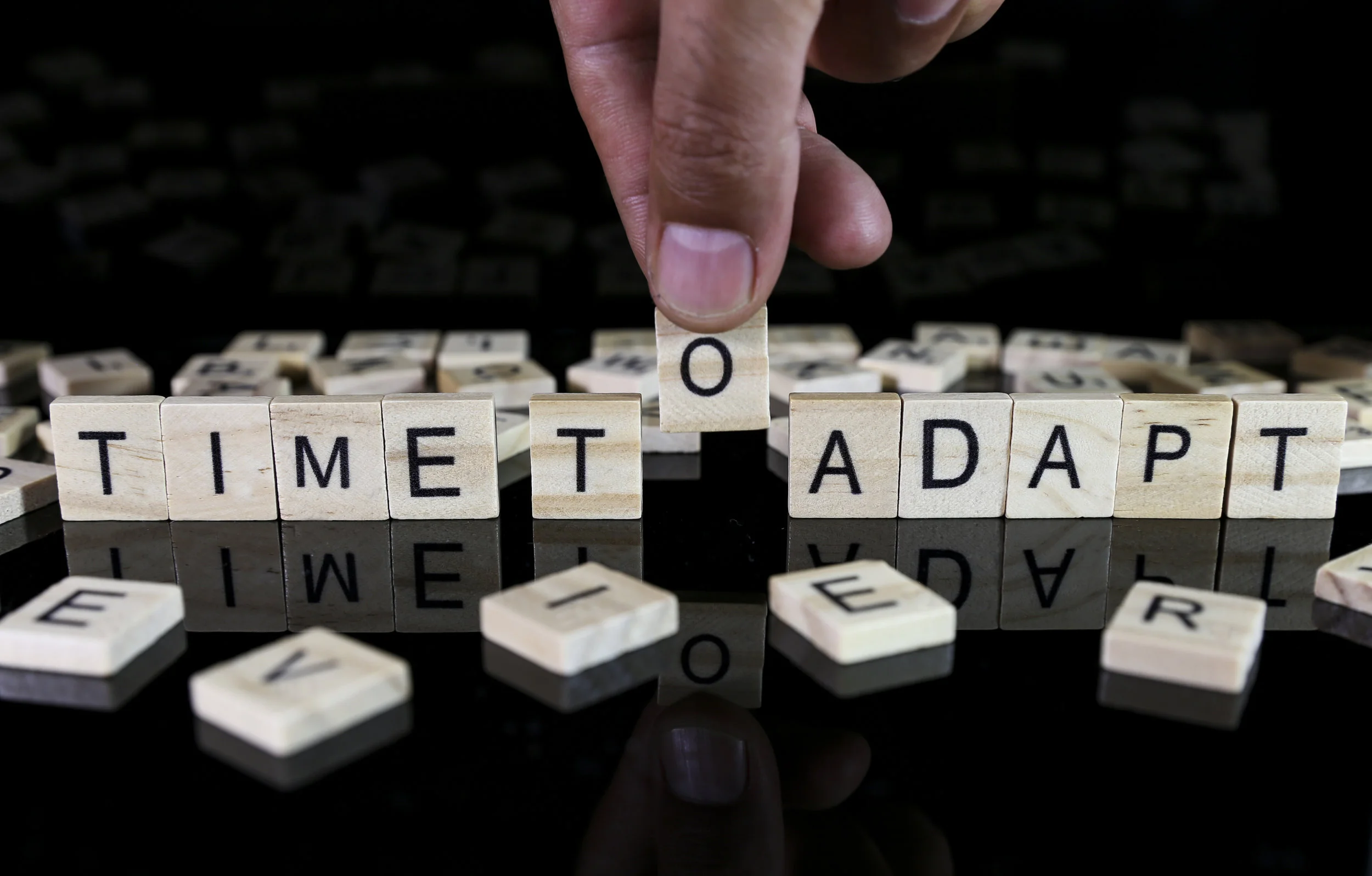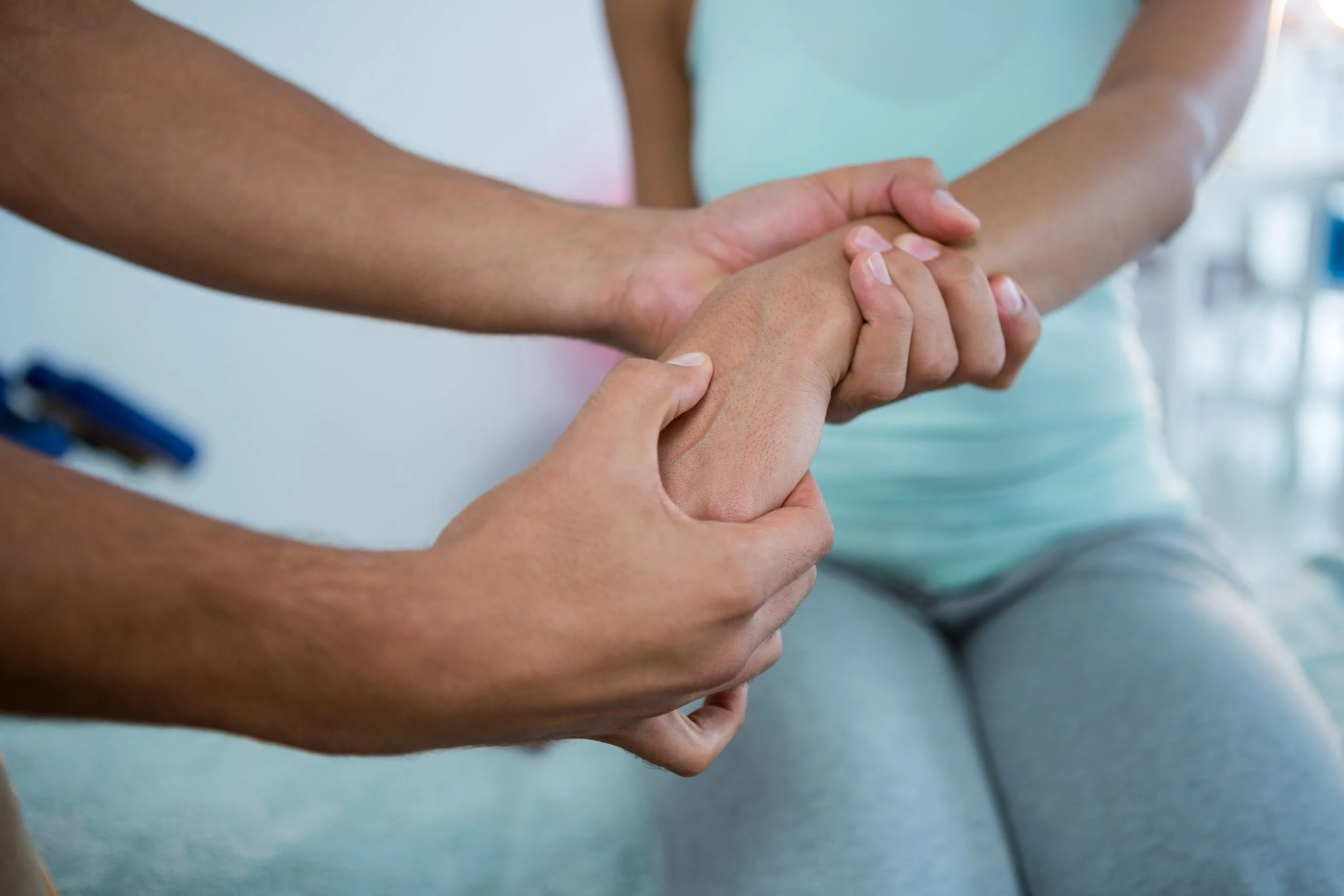Being flexible isn’t about being able to do the splits or crazy contortionist backward bending. It’s about having a level of mobility that isn’t holding you back from what you want to be able to do.
If you’re not flexible enough to touch your toes, you’ll have a difficult time bending down to tie your shoes or lift your 2-year-old. If your shoulder range-of-motion is limited, you’ll have a hard time reaching overhead to get something from a high shelf.
Simply put, flexibility is important for everyone.
With that said, there’s a lot of misinformation and controversy about stretching, so in this post, we’ll address some of those, and make some recommendations about best practices.
Myths About Stretching
There are many misconceptions about stretching, but we’ll just look at a few here. When you read an article or hear someone talking about why you shouldn’t stretch, they’re usually going to be coming from one of three main arguments:
- Stretching is dangerous
- Stretching is unrealistic
- Stretching isn’t real
Let’s break these down.
Myth #1 – “Stretching is Dangerous”
This is absolutely true. Other things that are dangerous: eating (poison), breathing (car exhaust), and sleeping (in the bath tub).
Yes, that’s right. Anything can be dangerous if you do it wrong, and stretching is certainly no exception. Sure, I’m guilty of cherry picking extreme examples above to make my point (logical fallacies can be fun sometimes), but anyone who claims outright that all stretching is dangerous is at least as guilty.
You see, there are in fact dozens of studies showing that, under certain circumstances, certain kinds of stretches can increase the chances of certain types of injury in certain activities.
For example, excessive static stretching of the prime antagonist muscles immediately prior dynamic movement can result in increased likelihood of muscle strain due to over-relaxation and temporary lengthening of the muscle fibers.
(In English, that means that stretching the hell out of a muscle will ‘loosen’ the muscle, and if you do this before an activity that requires that muscle to contract quickly, it might not be prepared to respond, and you could hurt yourself.)
The are also certain stretches that are contraindicated (e.g., you shouldn’t do them) for people who have various injuries.
For example, if you’ve had a lower back injury, some stretches for the hamstrings and hip flexors could strain that area and cause pain or exacerbate your injury. Of course, if you’ve been injured, you should be working with a doctor or physical therapist to determine which exercises you’re capable of doing.
The point is that, yes, stretching can be dangerous, if you do it wrong! Just like anything else.
Myth #2 – “Stretching Is Unrealistic”
Pop Quiz: A mugger jumps out of a dark alley and demands you hand over your wallet and your keys. Do you:
- A) Run like hell,
- B) Comply with his demands, or
- C) Ask him to wait five minutes while you stretch and warm up so you can adequately defend yourself?
OK, in all honesty, you may not be too enamored of any of the choices above, but you have to admit that, of the three, choice C sounds pretty ridiculous.
This is the logic of certain “tactical” schools of thought on the subject of warming up.
And it’s good logic too, but it depends on the assumption of a certain goal in training: to be tactically ready at a moment’s notice for life or death performance. This is a necessity for soldiers, police, firefighters, and probably the guys on Ninja Warrior too, but for most of us, it’s a distraction.
There are two broad classes of training at play in this example:
- training to increase your capabilities, and
- training to increase your ability to make use of your capabilities without notice
In the latter case, warming up may be counterproductive, but if you’re just trying to get stronger, practice some fun movement, and get better at using your body for everyday stuff, you definitely want to be warming up.
A proper warm-up including some stretching does a lot to prepare your nervous system, your cardiovascular system, and your muscles themselves to be pushed towards their limits, and pushing your limits is how you expand them. We do this by exploring movement and trying different things out, which we’ll look at in the next section.
If you’re not a first responder, there’s very little utility in training tactical response.
Slow down. Warm up. Give your body the optimal environment in which to get better at the things that matter.
Myth #3 – “Stretching Doesn’t Exist”
This myth is the “I think my clever semantic observations about the word ‘stretch’ nullify the experience of millions of people who have successfully stretched and gotten more flexible” argument.
This, too, is true, in a sort of weird hair-splitting way.
As the argument goes, muscles don’t actually stretch; a fully relaxed muscle is up to 50% longer than a muscle in it’s typical semi-contracted state. Therefore, “stretching” a muscle doesn’t so much elongate its fibers as it simply trains them to hold less unnecessary tonus.
People who make this argument will also tend to plead a case for prioritizing the development of “mobility” instead of “flexibility.” And again, we think this is just a semantic issue.
The fact is, you can call it what you like.
We “stretch” in order to increase our functional range of motion of various joints in various positions. Yes, we could probably come up with much more accurate and technical-sounding ways to describe that, but we’d much rather spend our time designing super-effective programs, testing them with real people, and teaching them to our clients.
Stretching may not be the best possible word to describe our method for increasing flexibility/mobility, but it’s something that people understand, and it works.
How to Practice Stretching in a Safe and Effective Manner
There’s all kinds of variations of stretching – it’ll make your head spin in confusion! Contract-relax, ballistic, weight-assisted, and good old “sit there and hold it for 30 seconds.”
So which variation should you use?
Truthfully, if you practice any of them for long enough, as long as you’re not moving too much into pain, it’ll work. It’s just a matter of finding what works for you.
A Dynamic Alternative to Sitting and Stretching
If your flexibility and mobility are quite limited, you’ll benefit from spending some dedicated time on a stretching program.
But if you’ve already spent a fair amount of time on more traditional flexibility work, and you’re ready to try something new, I recommend using animal movements – specifically, the Bear, Monkey, and Frogger – for challenging your flexibility in motion.
Bear Walk for Flexibility
In the Bear, you’ll start in an A-Frame (or downward dog) position, then move your right hand and left foot simultaneously, then vice versa.
Depending on where you place the emphasis on the movement, or depending on your particular limitations, the Bear can be used to help you stretch your:
- hamstrings
- shoulders
- thorax
- calves
If you have limitations in your calves, for instance, you can focus on locking out the knee and driving the heel to the floor.
Monkey for Flexibility
In the Monkey, you’ll start in a bodyweight squat (go as deep as you can), then place your hands on the ground in front of you and to the side. If you are moving to the right, you’ll place your left hand in front of your right foot, then hop your feet to the right, landing with your left foot behind your right hand.
If you have trouble getting into a deep squat, the Monkey can help by stretching your:
- hips
- calves
- adductors
- upper back
- lats
If you have tight lats, for instance, a variation of the monkey that would be great to work on is the monkey cartwheel, where you reach your arm overhead to create the momentum for the cartwheel. This creates a nice stretch in the lats.
Frogger for Flexibility
The frogger is similar to the monkey, in that it starts in a deep squat, but instead of moving side to side, you’ll place your hands in front of you, then hop your feet forward to meet your hands, moving forward in succession.
Much like the Monkey, the Frogger will help you out tremendously with your squat flexibility, but with a slightly different angle. Putting the Frogger in motion will stretch your:
- hips
- calves
- adductors
- upper back
If your squat is limited by calf tightness, reaching further forward in the Frogger will help stretch your calves a bit more.
Common Questions About Stretching
Flexibility and stretching play a big role in all of our programs, so we get a lot of questions on the topic. Here are some of the most common questions we get.
When is stretching appropriate?
Stretching is appropriate when you lack the range of motion, or flexibility, to do the movements that you want to do.
These movements could be squatting all the way down to your heels, or simply reaching behind you to the back seat of the car when you are belted in.
Just like with many things, it’s all dependent upon your particular goals. Some people actually need to stretch just to be able to do normal daily activities. They have either gotten stiff over the years, or they’ve had some type of injury.
So, maybe if I don’t have a particular reason to stretch, then I don’t need to?
Maybe not.
If you’re engaging in a regular exercise program that takes you through full ranges of motion for your joints and you don’t have any difficulties, then that may be enough stretching for you.
Take a simple pushup, for example.
Done in proper form, this takes your chest and anterior shoulder muscles through their full range. We all often notice that the first set (or reps) feels a little tighter in the beginning, then it feels like you free up more. Congratulations, you’ve “stretched” out!
This is why such blanket statements as “stretching is bad for you”, don’t really make sense.
When is the right time to stretch?
If you are doing a warm up for an activity, you probably don’t want to hold a stretch for a long time (static stretching).
This is probably where people have gotten the idea that stretching is a bad thing.
Static stretching before a sporting activity has been shown to decrease your muscle strength and power (for a short time afterwards). So, don’t do it then!
A general body warm up with active motion through the joints you are going to be using is more appropriate for that time.
So when is the right time for a good static stretch?
After your workout or training session is a good time. Your body temperature will be higher and you will benefit from that warmth to lengthen the tissues you want to work on.
Does stretching help to prevent injury/soreness?
There is very little evidence that stretching, in general, prevents injury or soreness in muscles.
Pretty much all the research regarding whether stretching after exercise reduces DOMS (delayed onset muscle soreness) says it doesn’t help at all. And I buy this, based on personal experience, and also from the reasoning that whatever damage that triggers the pain of DOMS would unlikely be alleviated by stretching.
The studies that have been done in regards to “injury prevention” looked at rates of injury in those that worked on flexibility exercises versus those that haven’t (and usually with the metric of injuries occurring in the sporting activity).
There’s a bit of a problem with this, because again, it makes sense that there are some specifics left out of that equation. It depends on the individual and the nature of the sport. The person may already have flexibility that is adequate for the performance of the activity.
For example, running is what we call a “midrange” activity. Most runners’ knees and hips don’t go through a full range of motion (even in people with the longest running strides).
What does this mean? You don’t have to be very flexible to run (and a lot of runners aren’t). So stretching wouldn’t really help prevent injuries there.
But imagine a sport like wrestling or jiujitsu where your opponent is attempting to bend you like a pretzel. If your shoulder is forced into a position, and you have less than adequate flexibility (and strength, of course) you’re more likely to be injured.
It makes sense that some appropriate flexibility work there would have been helpful, and should thus be incorporated into a training routine.
Are there any other benefits to stretching besides improving range of motion?
Well, whether psychological or physiological (most likely a little bit of both), proper stretching tends to feel good. Not very scientific I know, but it’s true!
The same mechanisms that temporarily reduce strength and power output in a statically stretched muscle, also work in promoting relaxation in that same area.
This is why stretching out after a good workout feels good. The tension buildup from working out can be alleviated with a nice stretch. This also happens in a muscle that is chronically “tight” – direct stretching to the muscle decreases that hypertonicity and, at least for a little while, helps you to feel better.
When you can move more freely after stretching, does that mean your muscles/tendons/ligaments are actually longer?
Stretching as a means of increasing range of motion most likely doesn’t “stretch fibers out,” but is more a neurological decrease in muscle tonus.
In fact, you really don’t want to stretch your tendons and ligaments to a significantly greater length. You may end up compromising your joint’s stability. Imagine a rubber band that has been overstretched and doesn’t spring back to its original length, but sags and loses its elasticity.
You can see how that would be bad in structures that are supposed to be holding your joints together.
Stretching hasn't worked for me in the past. Is there anything I can do?
Sometimes, people come to us saying they haven’t gotten results from their stretching efforts. If that’s been the case for you, there are some reasons that might be. I’ll explain further in this video:











![Self-regulation “control [of oneself] by oneself"](https://images.squarespace-cdn.com/content/v1/55563e14e4b01769086817cb/1542845645966-PO2HGKF5JLUBM45UIWQ3/wee-lee-790761-unsplash.jpg)



















